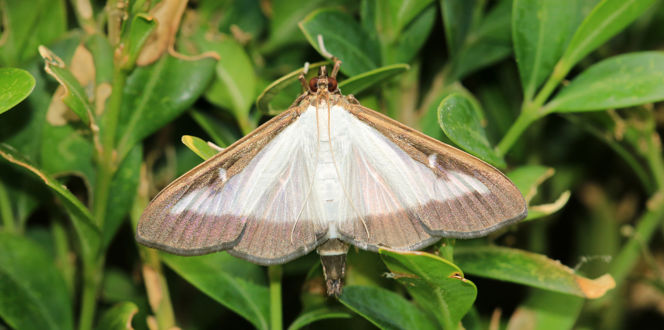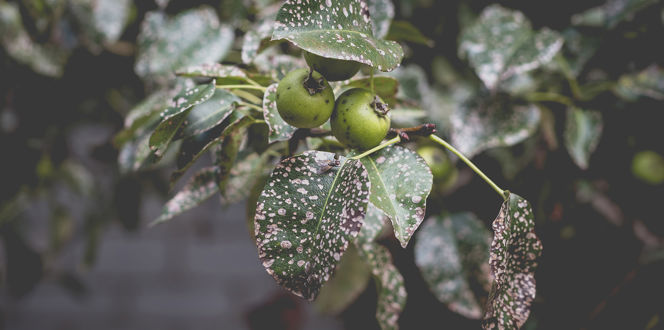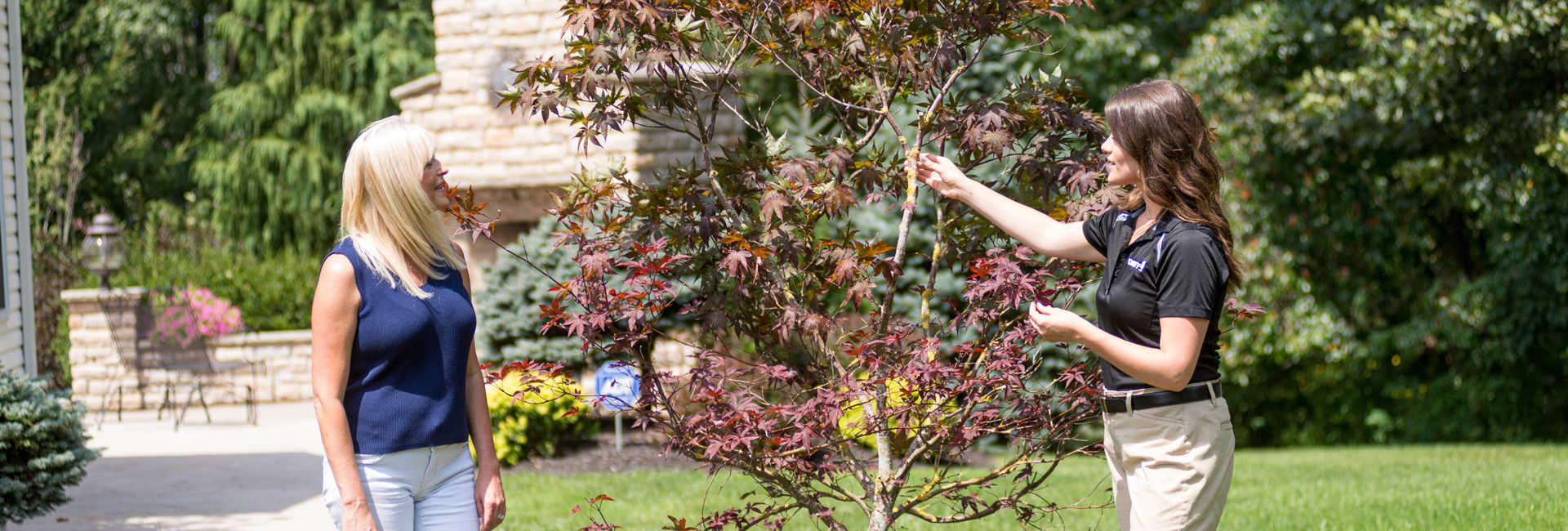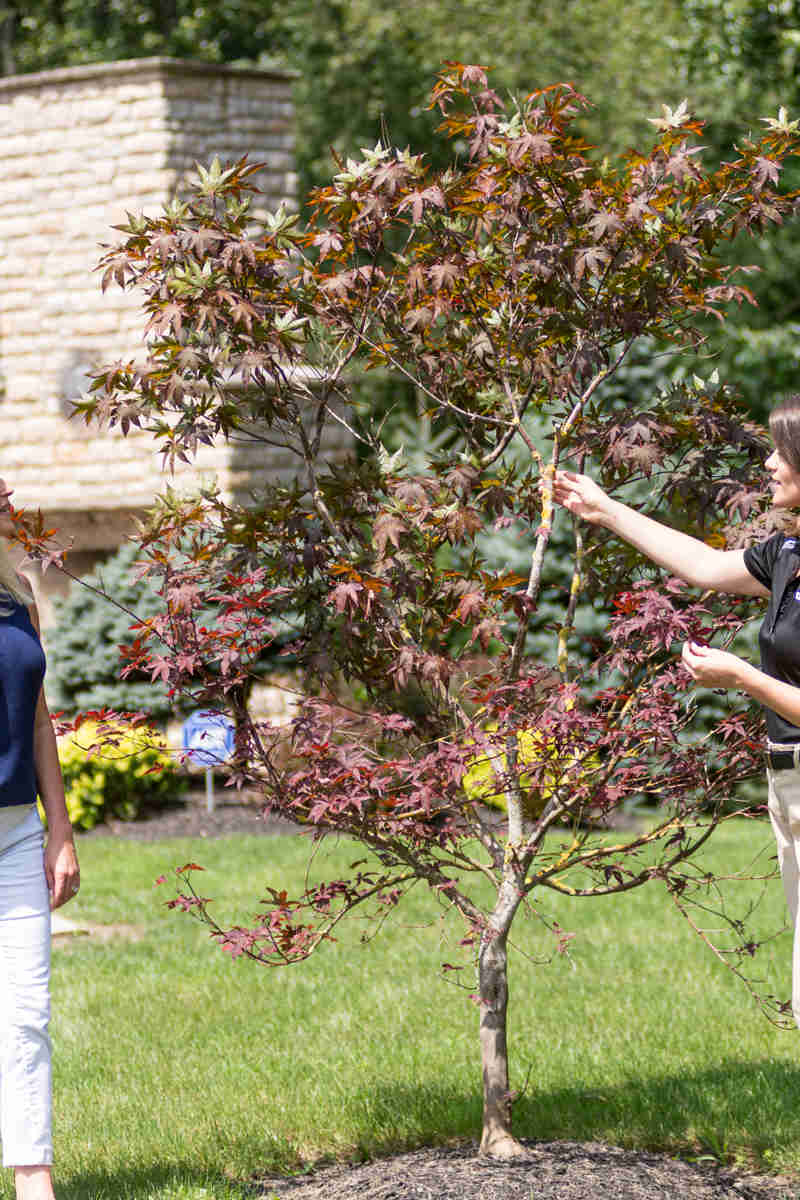Boxwood Blight Description:
Boxwood blight is a serious disease caused by a fungal pathogen, Calonectria pseudonaviculata; previously named Cylindrocladium buxicola. The disease is widespread in Europe and was identified in the United States in 2011. It has been reported in more than 20 states along the east coast and in Canada.
Hosts:
Boxwood blight infects all boxwood species; the most susceptible hosts are English, American and Korean boxwood. Other susceptible hosts include Japanese and Allegheny spurge (Pachysandra sp.) and sweetbox (Sarcococca sp.).
Boxwood Blight Symptoms:
All above-ground parts of the plant can become infected. Initial symptoms include light or dark brown leaf spots often with dark borders. Infected plant leaves turn brown or yellow and quickly drop from the plant. The fungus forms black, diamond-shaped lesions on the stem tissue. Repeated infection can result in a weakened plant, which can lead to plant death.
How Boxwood Blight Spreads:
Warm, humid conditions will facilitate the spread of the fungus. White spore masses form on the leaves and stems. Rain splash and irrigation water transmit the pathogen. The fungus overwinters in the soil with the leaf litter. The pathogen can be spread by contaminated tools, clothing, equipment, and infected plants.
Boxwood Blight Management:
Prevention is key to managing this disease. There are some cultural controls and products that can help prevent disease spread. There are currently no curative products available.
Recommendations may change as more is known about disease management. Here are some tips for prevention and cultural practices that may help manage the disease:
Prevention:
- Purchase boxwoods from a reputable nursery
- Inspect plants before purchase
- Hold new boxwoods for three weeks before planting and look for symptoms
- Monitor boxwoods during growing seasons for symptoms
Cultural Practices:
- Do not shear boxwoods when they are wet
- Sterilize pruning and shearing equipment before moving to a new area
- Avoid overhead watering
- Once the pathogen is detected, immediately remove the entire plant
- Remove fallen leaves as the pathogen can survive in plant debris for up to 5 years
- Removing soil to a depth of 8” to 12” may help eliminate disease inoculum
Fungicides should be applied every 7 to 14 days through the growing season to protect susceptible boxwoods. Treatment may be necessary for the next 3 to 5 years. For fungicides that provide preventative management or are labeled for your state, contact your local arborist.





